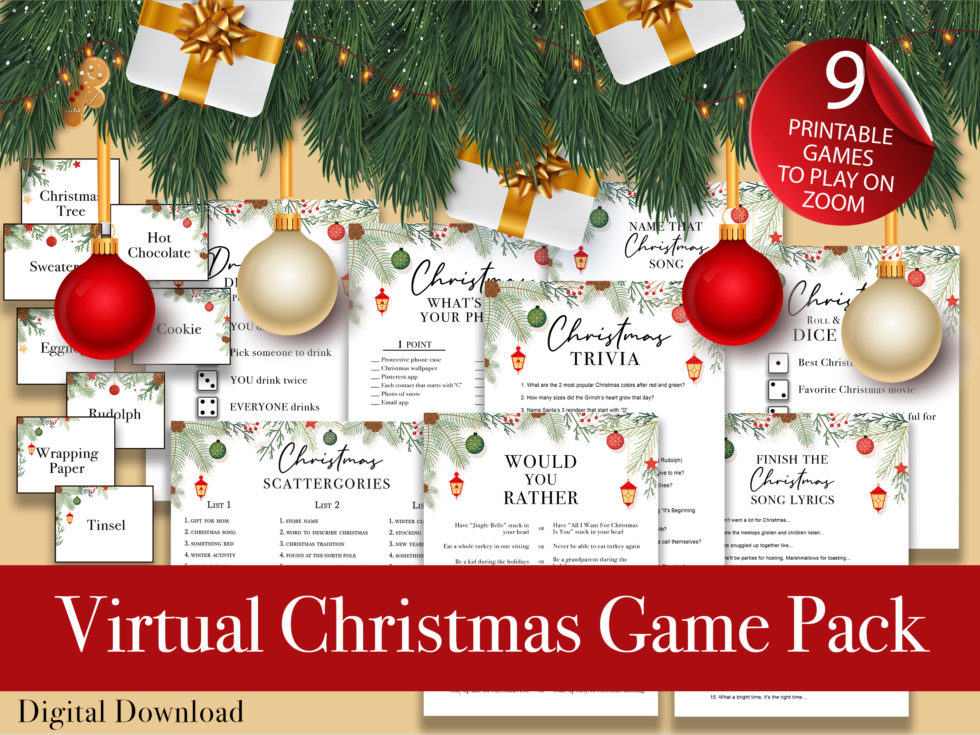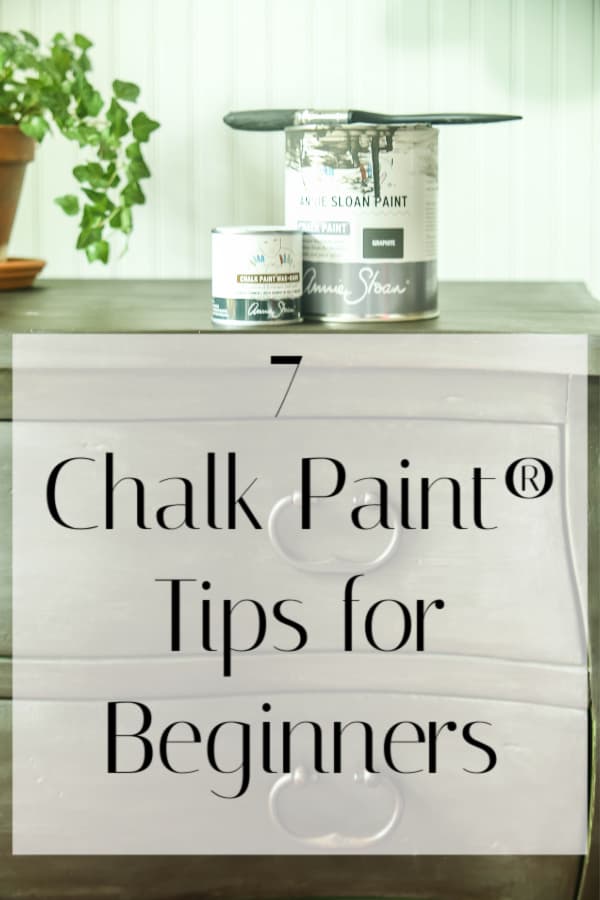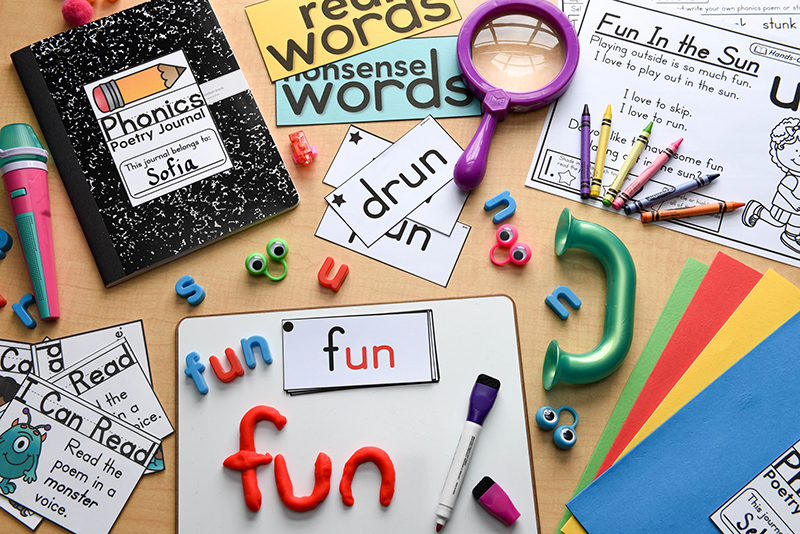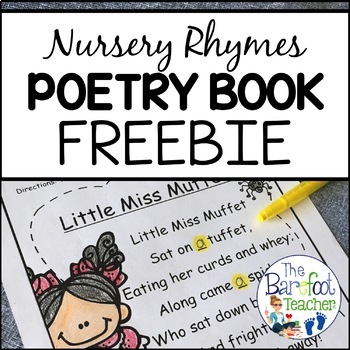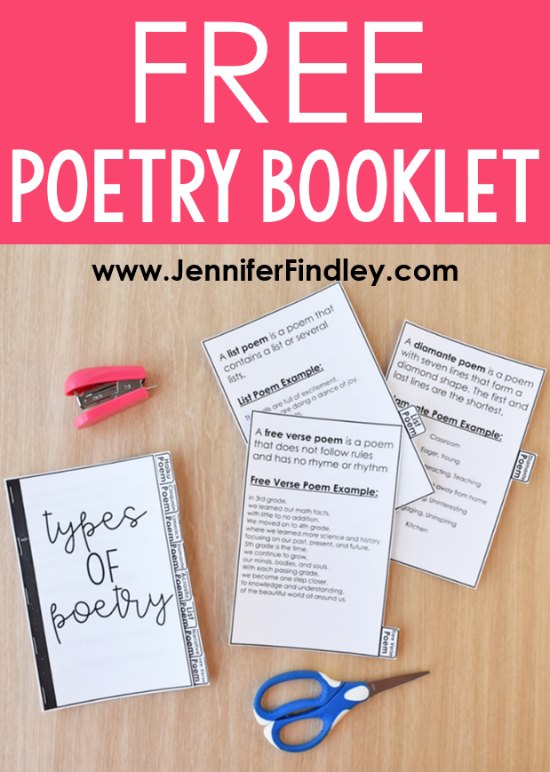Y'ALL we did it! When I walked down the halls this week I saw so many smiling kiddos! I felt a buzz in the air about the elf & the InCrEdIaBlE bulletin boards. The spirit days were super fun! #2PJdays!
I just wanted to take a moment and say- THANK YOU! What you do in a normal week for students is amazing, what you do the week before Christmas is ABOVE and BEYOND.
I just wanted to take a moment and say- THANK YOU! What you do in a normal week for students is amazing, what you do the week before Christmas is ABOVE and BEYOND.
Here is an oldie but a goodie!
If anyone scoffs at your holiday break time, I want you to share this video from Haley Cuffman with them.
If you decide to do a little shopping over break don't forget about these discounts just for TEACHERS!
Thank you Static Parade for putting them together!
Ideas for relaxing over break!
1. Make homemade hot cocoa and snuggle up with a good book! Click image for a recipe from Living Well!
Or go with making your own HOT Cocoa BOMBS!
2. Check out FREE Events around Mooresville!
3. Binge watch a new series on Netflix! Click the image to read a list of must-see MOVIES!
4. Just hug a family member or a friend-its good for your body & mind! Click the image to read more from The Healthy!
10. Come check out one of my FAVORITE stores that is actually 2!!!! (Warning...this might inspire you to do #9!)
Enjoy your much-deserved break! See you in 2021!
3. Binge watch a new series on Netflix! Click the image to read a list of must-see MOVIES!
4. Just hug a family member or a friend-its good for your body & mind! Click the image to read more from The Healthy!
6. Make a pot of soup! Here is one of my favorites below!
(This is a paid product but it looks so fun!)
9. CHALKpaint something!!!!! I did this last Christmas and plan on doing it again. SOOOO simple and Easy!
10. Come check out one of my FAVORITE stores that is actually 2!!!! (Warning...this might inspire you to do #9!)
Enjoy your much-deserved break! See you in 2021!






/cdn.vox-cdn.com/assets/755523/netflix-logo-705px.png)


